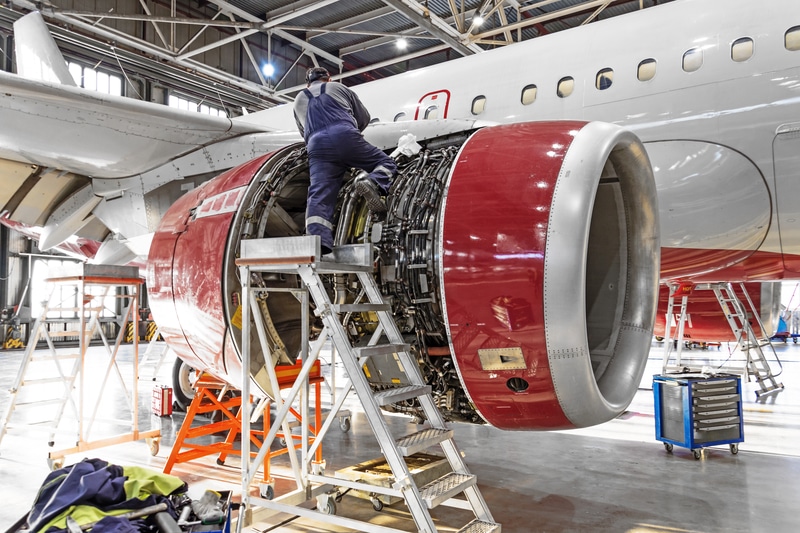The aviation industry has always captivated people with its allure of adventure and the wonders of flight to exotic places.
However, behind the glamour and fascination lies a stark reality – the jobs of aircraft pilots and flight engineers are fraught with numerous danger.
These people face unique challenges and risks that require unwavering expertise, constant vigilance, high skill levels and rigorous safety protocols.
In this article, we will explore the factors that contribute to the dangers of these vital roles and shed light on the extraordinary responsibilities borne by pilots and flight engineers.
READ MORE: Oil riggers face extreme weather and explosions
Human Factors
One of the primary elements that make these jobs perilous is the influence of human factors.
Pilots and flight engineers must operate complex machinery under stressful conditions, often enduring long hours and irregular schedules.
Fatigue, stress, and distractions can impair decision-making abilities and reaction times, potentially leading to errors with grave consequences. Maintaining a high level of focus and mental acuity is crucial to mitigate these risks.
Adverse Weather Conditions
Aircraft operations are heavily dependent on weather conditions, and pilots and flight engineers must contend with the unpredictability of nature.
Severe weather phenomena, such as thunderstorms, hurricanes, or icy conditions, can pose significant threats to flight safety.
The ability to interpret weather forecasts accurately, make critical decisions regarding flight paths, and respond swiftly to changing weather patterns is paramount to minimising risk.
READ MORE: Mark Zuckerberg to take on Elon Musk in “cage fight” challenge
Mechanical Failures and System Malfunctions
Despite stringent maintenance protocols, aircraft are not immune to mechanical failures or system malfunctions.
Pilots and flight engineers are trained to handle such situations through extensive knowledge of aircraft systems and emergency procedures.
From engine failures to hydraulic malfunctions, these professionals must think quickly and execute appropriate actions to ensure the safety of passengers and crew.
Operational Hazards
Operating in complex airspace systems, pilots and flight engineers must navigate through crowded skies while adhering to strict air traffic control instructions. The risk of mid-air collisions, near misses, and runway incursions always looms.
The ability to communicate effectively, follow protocols, and maintain situational awareness is crucial in preventing accidents caused by operational hazards.
READ MORE: 3M settles $10.3 billion water pollution lawsuit
High-Stress Situations
Emergency situations can arise at any moment during a flight, demanding swift and effective decision-making from pilots and flight engineers.
Engine fires, cabin depressurization, or flight control malfunctions are just a few examples of emergencies that require cool-headedness, coordination, and precise execution of emergency procedures.
The ability to remain calm under extreme pressure and lead the crew is vital to saving lives and averting disasters.
Fatigue and Jet Lag
Pilots and flight engineers frequently traverse different time zones, often leading to disrupted sleep patterns and jet lag.
Sleep deprivation and fatigue can impair cognitive abilities, increase the risk of errors, and adversely affect performance.
Strict regulations are in place to monitor duty hours and ensure adequate rest periods, but the nature of the job can still challenge these efforts. Fatigue management is a critical aspect of ensuring flight safety.
Need Career Advice? Get employment skills advice at all levels of your career
Aircraft pilots and flight engineers shoulder immense responsibilities and face a multitude of dangers in their demanding roles.
They must possess a combination of technical expertise, decision-making skills, and resilience to overcome the inherent hazards of their jobs.
With advances in technology, training, and safety regulations, the aviation industry continues to evolve and enhance safety measures.
However, it is crucial to recognize and appreciate the dedication and professionalism exhibited by these individuals as they navigate the skies, ensuring the safety of passengers and crew.




